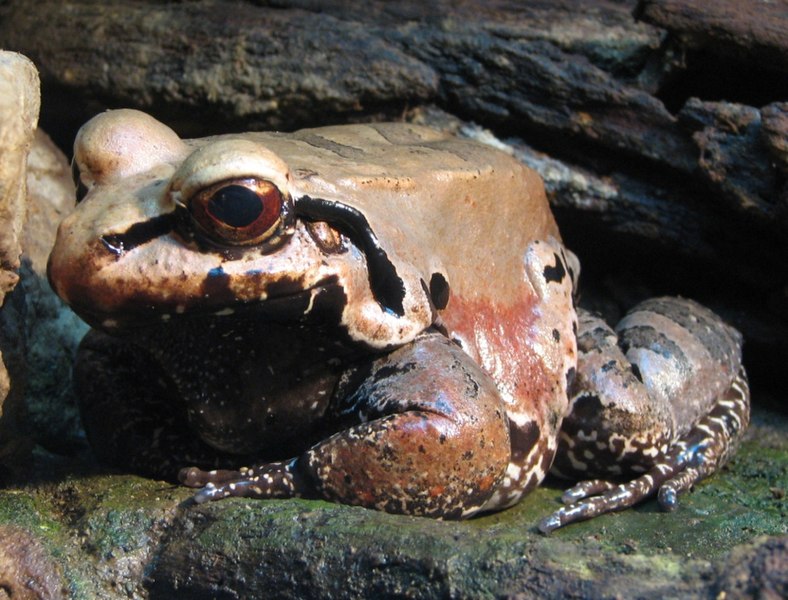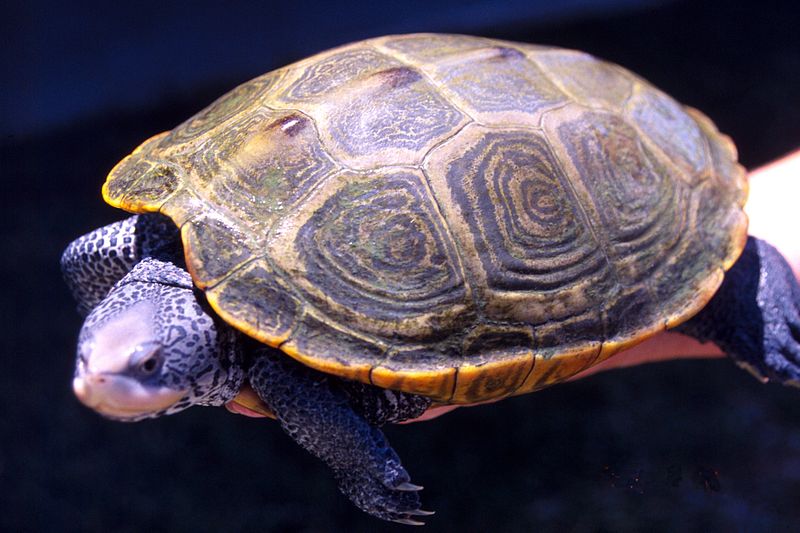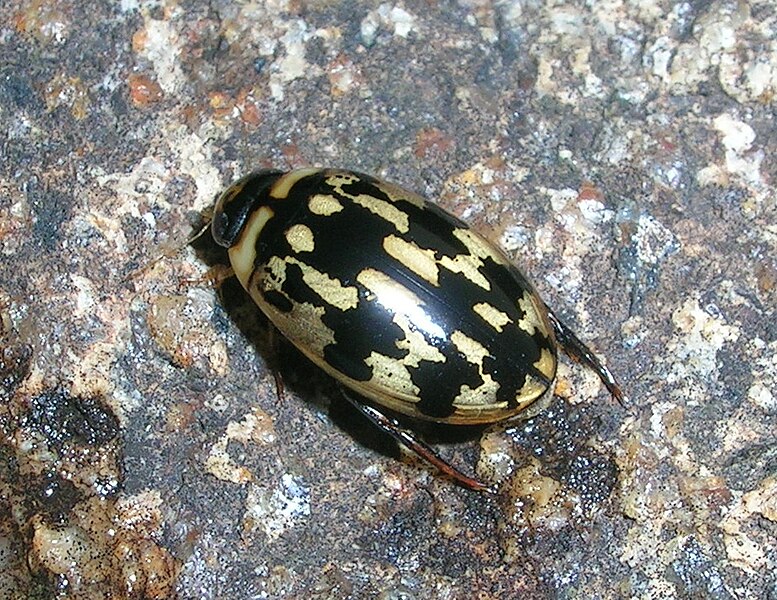 This article is one of a series in which I plan to provide a brief introduction to both popular and rarely-kept amphibians, reptiles and invertebrates. I’ll cover such topics as unique habits in the wild, common mistakes or concerns in captive care, pet pros and cons, little-known husbandry tips and so forth. Detailed care articles will follow…until then, I would enjoy receiving your questions and comments. Today we’ll take a look at the Red-Eyed Treefrog, Agalychnis callidryas.
This article is one of a series in which I plan to provide a brief introduction to both popular and rarely-kept amphibians, reptiles and invertebrates. I’ll cover such topics as unique habits in the wild, common mistakes or concerns in captive care, pet pros and cons, little-known husbandry tips and so forth. Detailed care articles will follow…until then, I would enjoy receiving your questions and comments. Today we’ll take a look at the Red-Eyed Treefrog, Agalychnis callidryas.
Night Shows Only!
Ranging from southern Mexico to Panama, this striking beauty (its scientific name translates as “Beautiful Tree Nymph”) has become something of a “rain forest darling”, appearing on more calendars, book covers and travel brochures than any other amphibian. Frog keepers, enamored of its huge, brilliant red eyes and lime-green skin, have taken to it as well. Read More »
 That Reptile Blog – Reptile, Amphibian and Exotic Pet Care and Information
That Reptile Blog – Reptile, Amphibian and Exotic Pet Care and Information




